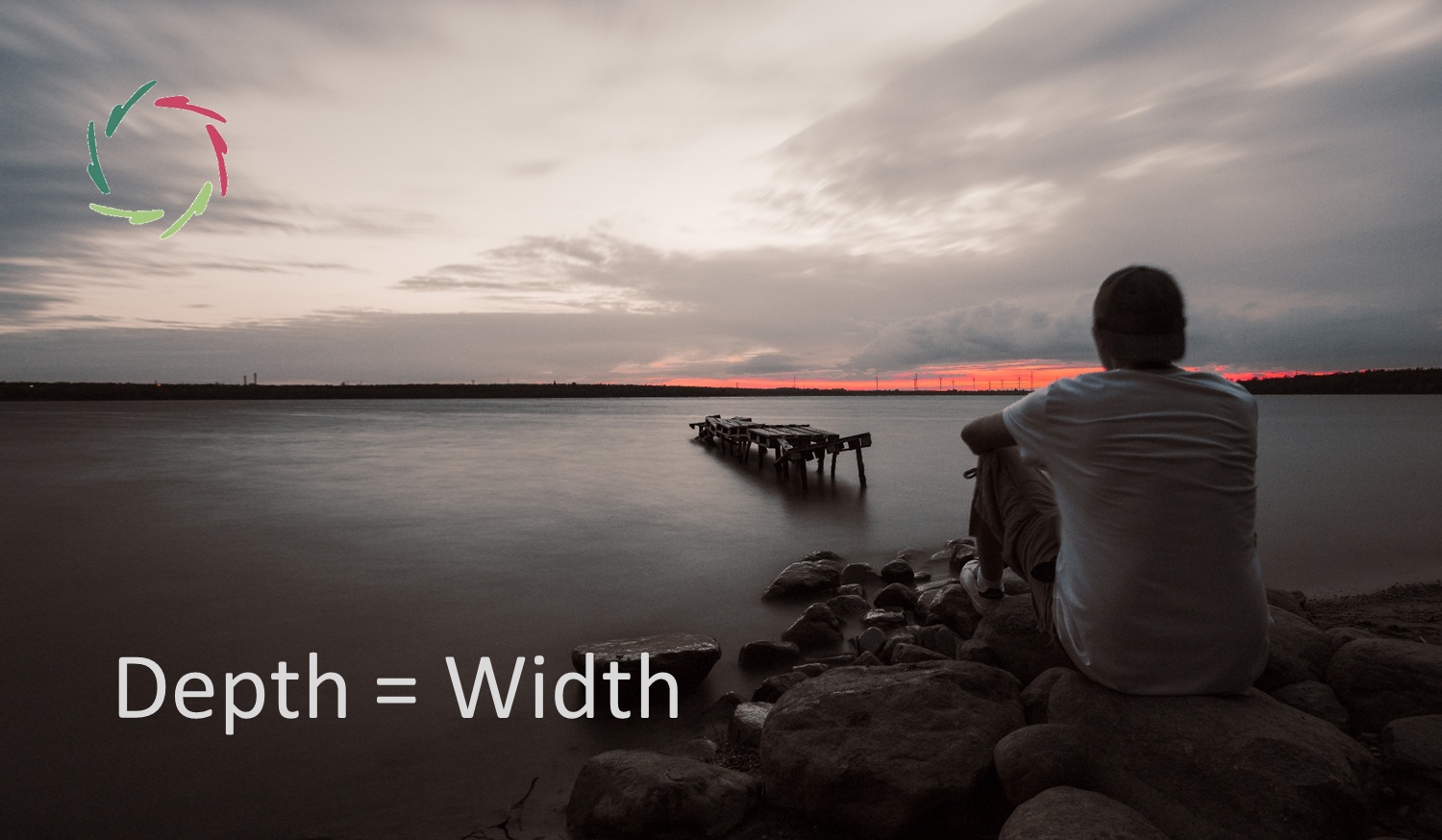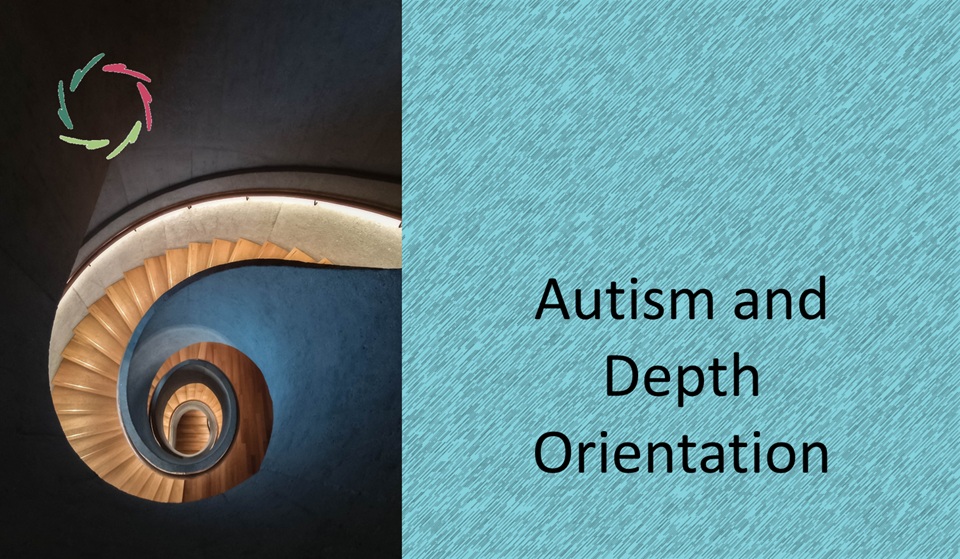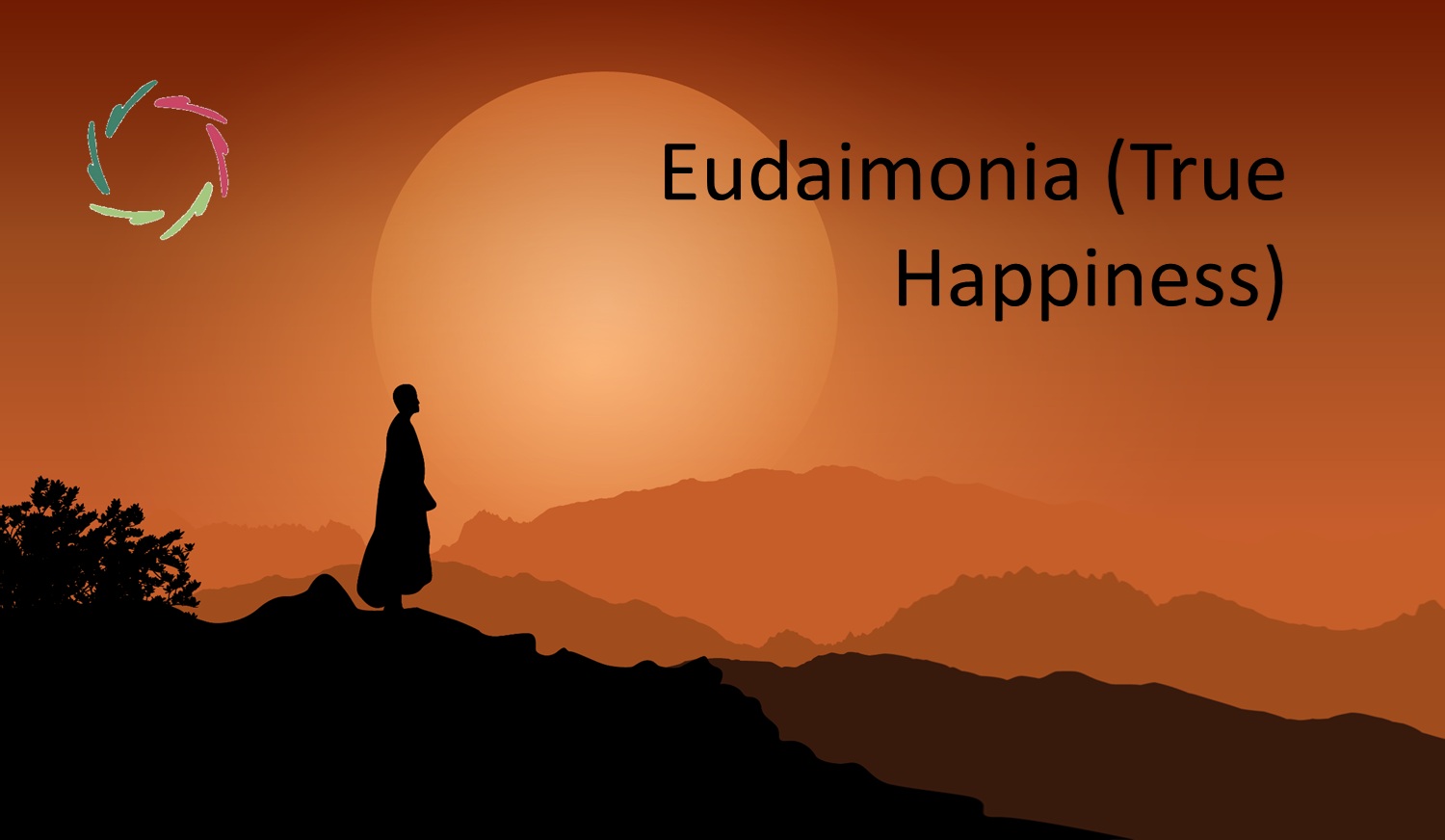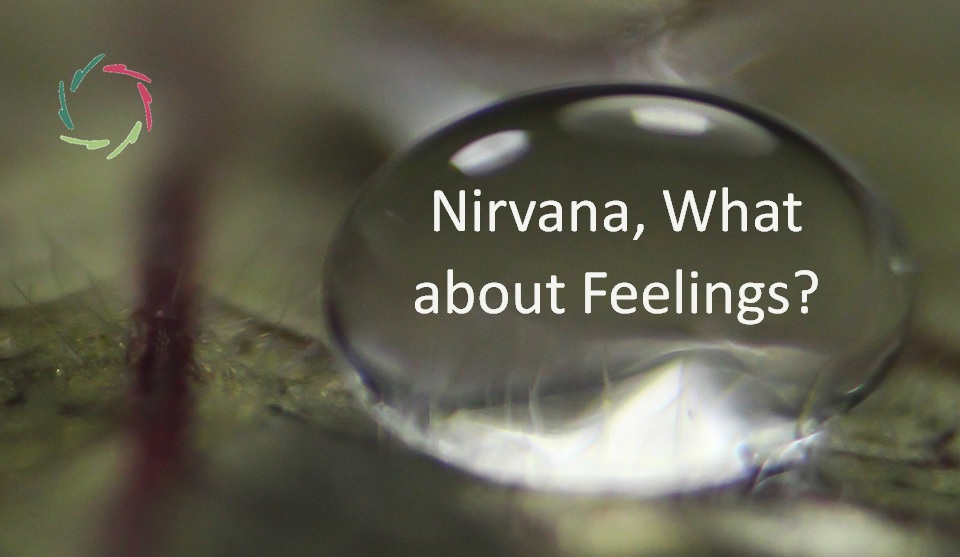Depth = Width

Depth is the breath of the mind — each inhale gathers the world’s patterns, each exhale births clarity and Compassion. Without depth, we float on the surface; with depth, we anchor to the infinite.
This interplay of depth and width doesn’t just enrich understanding; it connects us to the universal. The deeper we go, the broader our vision becomes. Depth reveals the underlying coherence in what may seem chaotic or unrelated, fostering insight, creativity, and resilience.
12 key highlights
- Depth is the breath of the mind, connecting patterns and transforming them into clarity and Compassion.
- The deeper we go, the broader our vision becomes, revealing the coherence in what may seem chaotic.
- Depth is where connection happens, uncovering shared patterns across seemingly unrelated phenomena like Compassion and creativity.
- Revisiting life’s layers, much like sediment in a riverbed, helps integrate past patterns into a richer present.
- Depth allows us to connect one idea to many and many ideas into one, fostering creative synthesis and clarity.
- Creativity emerges from depth, guided by non-linear, intuitive processes, revealing new insights and possibilities.
- Examples like Leonardo da Vinci and Einstein illustrate how deep reflection leads to transformative breakthroughs in art and science.
- Depth fosters resilience by integrating non-conscious, emotional, and rational elements into a harmonious mental ecosystem.
- This dynamic depth transforms inner turbulence into serenity, creating clarity and purposeful flow.
- Depth in coaching creates spaces for reflection and insight, revealing enduring patterns that guide personal growth.
- Scientific and artistic breakthroughs, like those of Marie Curie and Beethoven, emerge from deep engagement and exploration.
- By embracing depth, we see universal patterns that connect all things, fostering Compassion, creativity, and a sense of purpose.
The nature of depth
Depth is where connection happens. Beneath the surface, disparate phenomena reveal themselves as variations on shared themes. For instance, Compassion, resilience, and creativity might seem unrelated, but depth uncovers the patterns that unite them. These connections don’t arise through logical deduction but through a process of non-conscious synthesis. This is why depth feels intuitive and surprising yet profoundly true.
Depth also has a temporal dimension. Much like sediment in a riverbed, the layers of time compress memories and experiences, making recurring patterns more visible. Revisiting these layers – not to pinpoint causes but to see these enduring patterns – helps us understand how they shape the present and guide the future. This perspective is especially valuable in coaching, where the goal is not to fix the past but to integrate its lessons into a richer present.
Depth as connection: from one to many and many to one
Depth allows us to move from one idea to many and from many ideas to one. By diving deeply into a single element, we uncover a web of connections, enabling creative synthesis. At the same time, depth integrates these connections into a coherent whole, giving clarity to what might otherwise feel fragmented.
This process is not chaotic. While creativity can feel like a collision of unrelated ideas, depth ensures these interactions reveal their underlying coherence. When seemingly unrelated thoughts meet in-depth, their shared patterns come to light, resulting in something new and transformative. As depth widens, so does our understanding, bridging the gap between the particular and the universal.
Creativity as the fruit of depth
Creativity is about allowing inherent relationships to emerge naturally. In the depth of the mind, associations form spontaneously, guided by the brain’s ability to detect patterns. This process mirrors the way depth fosters insight — it is not linear but organic, allowing something new to emerge from the interplay of unrelated elements.
Leonardo da Vinci exemplifies this beautifully. His creativity was rooted in depth — a fearless curiosity that led him to explore anatomy, engineering, and art with equal intensity. His deep dives into human anatomy informed the lifelike quality of his paintings, while his artistic insights shaped his scientific observations. Da Vinci’s ability to see the unity behind diverse disciplines is a testament to how depth fosters creativity.
Similarly, Albert Einstein’s thought experiments reveal the transformative power of depth in science. His theory of relativity didn’t emerge from surface-level calculations but from profound reflections on the nature of time and space. By imagining himself riding a beam of light, he uncovered relationships that transformed physics and our understanding of the universe. These breakthroughs weren’t about assembling pieces; they were about revealing the hidden coherence beneath.
Depth builds resilience
Depth creates resilience by fostering harmony among the layers of the mind. Like an ecosystem, mental depth allows seemingly unrelated parts to interact, producing results no single element could achieve alone. This multilayered approach integrates non-conscious, emotional, and rational elements, enabling adaptability and strength.
Revisiting past experiences in coaching can illuminate recurring patterns that persist across time. This isn’t about finding causes, as psychoanalysis might suggest, but about recognizing the themes that have shaped us and continue to resonate. Understanding these patterns enables us to respond to challenges with greater insight and balance.
Depth fosters peace
Depth doesn’t just clarify; it calms. By connecting chaotic elements into a unified whole, it transforms inner turbulence into serenity. When the mind perceives harmony within, it naturally moves into a state of purposeful flow. This is not a static peace but a dynamic one—a calm that is deeply aligned with movement and growth.
Mental coaching plays a crucial role here, providing spaces where depth can emerge. These spaces allow individuals to pause, reflect, and engage with their deeper patterns. Through this process, clarity and serenity arise naturally, leading to a sense of calm purpose.
Depth in science and art
The greatest breakthroughs in both science and art emerge from depth. Marie Curie’s work on radioactivity, for instance, involved years of meticulous exploration. Her ability to persevere in such depth led to transformative advancements in physics and medicine.
Beethoven’s later compositions, including the Ninth Symphony, reflect profound inner exploration. Despite his deafness, he composed music that expresses a depth of emotion and understanding that continues to inspire.
Both science and art rely on depth to connect the particular with the universal, the known with the unknown. This interplay reveals truths that not only advance knowledge but also touch the core of human experience.
Achieving depth
Depth isn’t something we force; it’s something we cultivate. It arises through openness, reflection, and a willingness to engage with complexity. In coaching, this means creating environments where depth can flourish — spaces that encourage exploration without rushing to conclusions. Techniques like autosuggestion help individuals connect with their deeper patterns, fostering insights that feel both surprising and inevitable.
Depth is also about quality. Not all journeys into depth are equal. Effective depth-processing is organic, allowing the natural emergence of connections and coherence. It’s not about digging aimlessly but about providing the conditions for growth, much like tending a garden.
Depth reveals the universal
At its core, depth reveals the universal patterns that connect all things. By diving deeply, we see how compassion, resilience, creativity, and even scientific discoveries share the same foundational dynamics.
This understanding doesn’t just enrich the mind; it broadens the heart, fostering a sense of connection and purpose.
Depth is where insight, creativity, and peace converge.
It’s the breath of the mind, gathering patterns and transforming them into clarity and Compassion. Whether in science, art, or personal growth, depth connects us to the universal, revealing the shared patterns that unite us all.
By embracing depth, we expand our width, anchoring ourselves to the infinite while moving forward with clarity and purpose.


